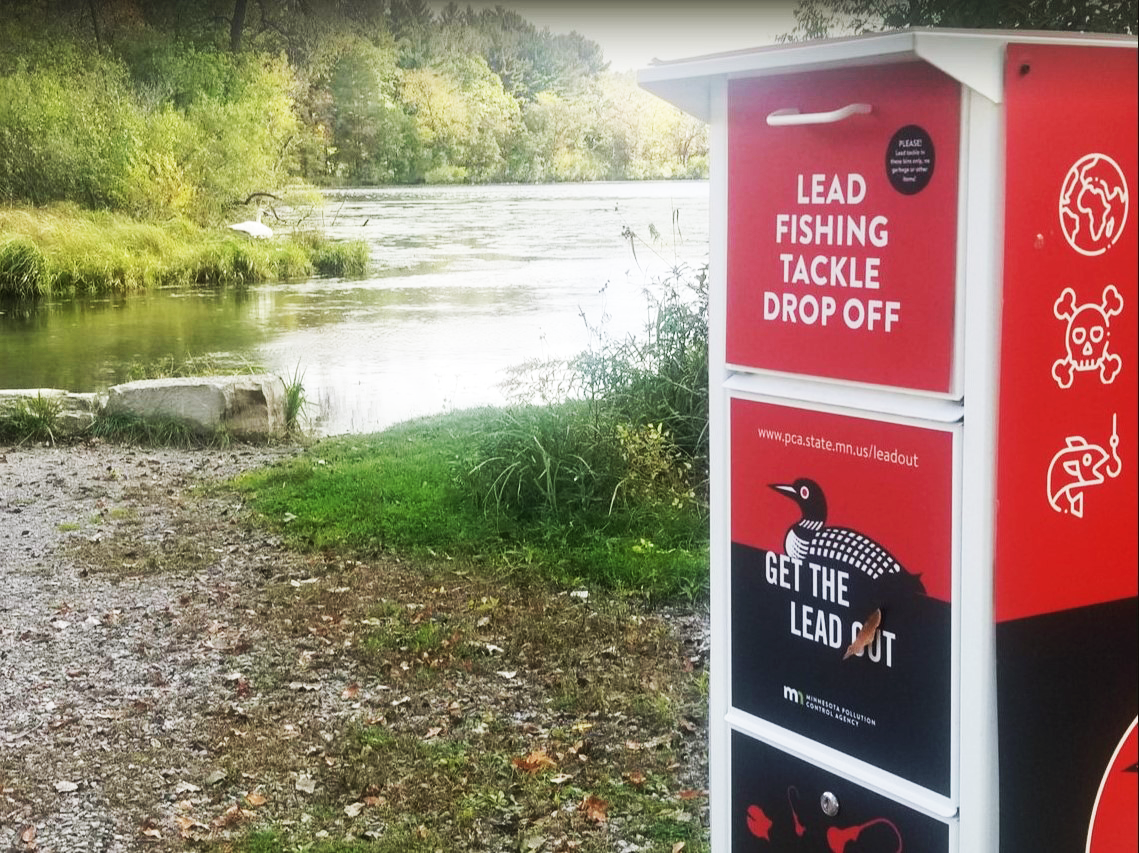Efforts underway to mitigate swan deaths at Sucker Lake

Lead sinkers used in fishing have caused the deaths of dozens of swans in the channel on the north side of Sucker Lake in Vadnais-Snail Lakes Regional Park. Park staff have attempted various methods to address the issue, but stronger measures are necessary. Feedback from surveys and a community meeting have been critical in understanding how the area is used and what potential solutions might look like.
Community Engagement
An online survey with 107 participants and a virtual meeting with 12 participants provided valuable insights. The feedback emphasized that the area is heavily used for wildlife viewing, fishing, hiking and picnicking. These activities are cherished for their contributions to enjoyment, health and relaxation. Some visitors travel long distances to the park, while others have chosen to live nearby, and many have been fishing there for generations.
Several suggestions were made to address the problem without closing the fishing area. These included implementing a ban on lead tackle, providing multilingual signage and dredging the channel to remove existing lead. While there was overall support for closing the fishing area, concerns about enforcement, shifting the problem elsewhere and maintaining equitable access to fishing were also noted. Many participants stressed that the issue extends beyond Sucker Lake and called for a statewide ban on lead tackle.
Recommended Actions
Based on community feedback, park staff have decided to avoid a complete shutdown of fishing in the Sucker Lake channel area at this time. However, this remains a viable option if the problem persists. The following actions are recommended to eliminate swan deaths from lead tackle:
1. Shoreline Restoration: Restore the shoreline on the east side of the channel to prevent erosion and contain fishing to three designated nodes on the west side.
2. Lead Tackle Ban: Explore the possibility of officially banning the use of lead tackle in the Sucker Lake area.
3. Signage: Install clear and multilingual signage about the lead ban.
4. Staff Resources: Allocate staff resources to peak usage times to educate anglers about discontinuing lead tackle and offer a free non-lead tackle swap. The focus will be on education rather than penalties.
5. Partnerships for Non-Lead Tackle: Seek partnerships to acquire and distribute non-lead tackle.
6. Dredging and Cleanup: Explore dredging and cleanup efforts in and around the channel to remove legacy lead tackle.
7. Alternative Fishing Locations: Consider developing a new fishing node or pier further down the shoreline in an area that freezes over in the winter to draw anglers away from the channel.
Actions Underway
A number of actions have been taken by the department in collaboration with partners such as Saint Paul Regional Water Services and the Minnesota Pollution Control Agency. The following are actions taken as of Fall 2024 to mitigate the issue:
Dredging and Cleanup: Staff from Parks & Recreation’s Soil & Water Division have pulled more than 20 pounds of lead tackle out of the channel and specific areas have been identified as “snag points” that could possibly be augmented to prevent some lead from catching. Soil samples were taken of the sediment and it was determined that the hardscape areas in the channel and near the inflow under Highway 96 are the greater issue, and dredging is not recommended at this time.
Signage: Large multilingual signage has been installed at the location with links to more information.
Partnerships for Non-Lead Tackle & Staff Resources: Non-lead tackle and literature has been provided by the Minnesota Pollution Control Agency’s “Get the Lead Out” campaign, along with literature specific to Sucker Channel created by Ramsey County. Staff have been present at the channel nearly every weekend in the summer months to share this information and speak to residents. Over 400 anglers were engaged, and the response was overwhelmingly positive, with many residents sharing that it was the first time they’d heard about the issue with lead tackle.
Alternative Fishing Locations: A suitable location just south of the channel has been identified and the department is seeking funding sources to purchase and install a fishing pier.
Shoreline restoration: Grants for restoration on the east side are under consideration.
Lead Tackle Ban: A lead tackle ban is being explored.
Future Steps
A number of actions have already been taken in 2024 and more actions are underway. Protecting wildlife and ensuring accessible recreation opportunities are important community values. Although different uses of the park can conflict, feedback has enabled staff to identify positive, impactful and actionable solutions supported by increased resources.
By implementing these steps, the park aims to balance wildlife protection with the recreational desires of the community, ensuring the long-term health and enjoyment of Sucker Lake for all.
Other Resources
Sucker Channel Engagement Online Survey Results
Sucker Channel Engagment Meeting Feedback
DNR Get the lead out.
Swans and loons will benefit from Get the Lead Out program.
Swan, loon poisonings fuel anti-lead sinker campaign in Minnesota.
For the love of swans.